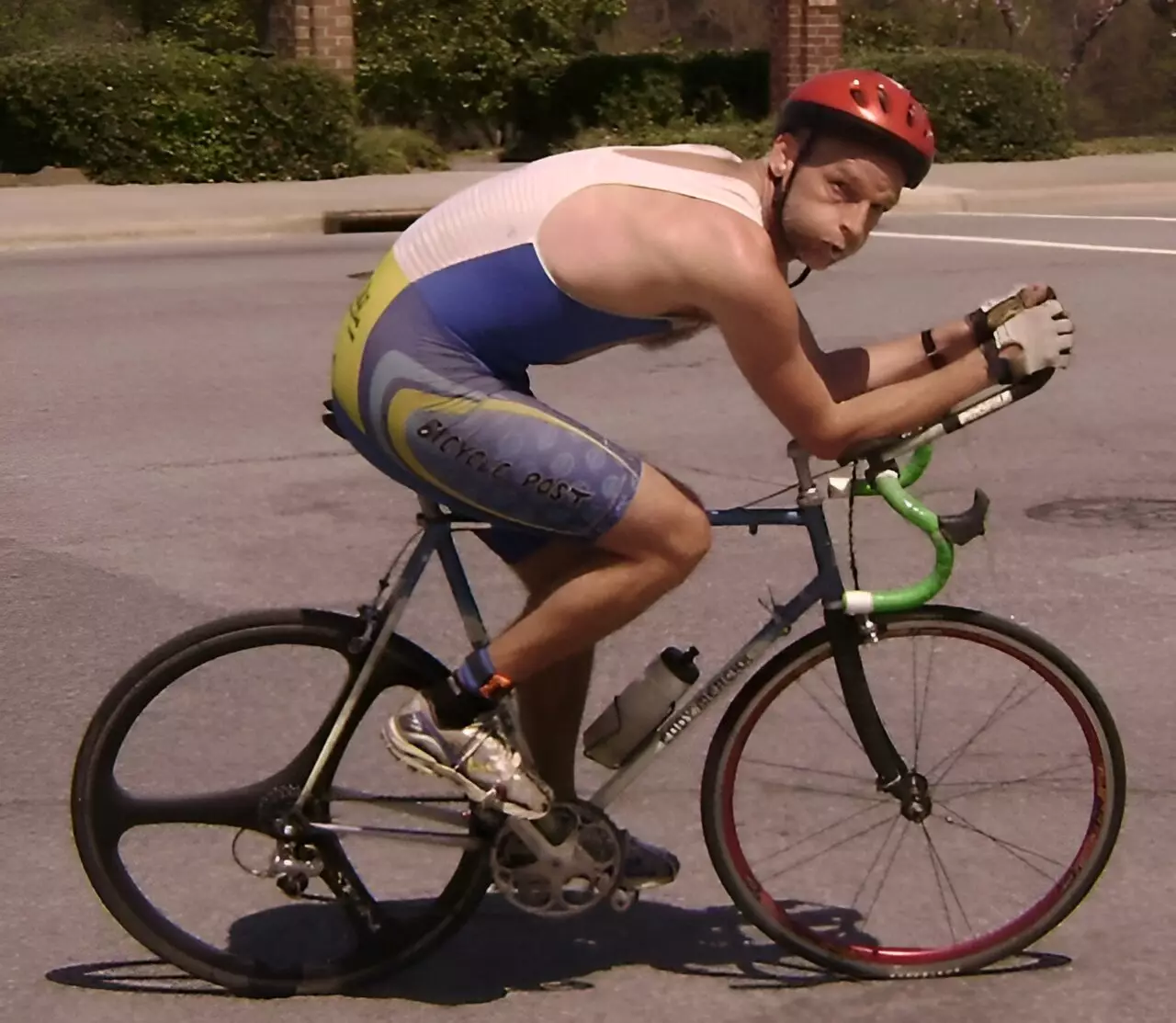Cycling enthusiasts are no strangers to ambitious challenges, and one of the most formidable is the concept of “Everesting.” This undertaking requires riders to ascend and descend a mountain until they collectively reach the height of Mount Everest—8,848 meters. Recently, the cycling community stirred with debate following a new record attempt, as the cyclist benefited from a significant tailwind averaging 5.5 meters per second (approximately 20 kilometers per hour). This scenario ignited a critical discourse: how much did this favorable wind influence the climber’s performance? Moreover, the question arose regarding whether rules should be established to regulate wind conditions during such efforts.
In the wake of this record-setting ride, discussions proliferated on various social media platforms. Fast winds can undoubtedly affect overall speed and effort; thus, the implications of such conditions became essential topics for analysis. Dr. Martin Bier, a physics professor at East Carolina University, took on the challenge of dissecting these dynamics. He published his findings in the American Journal of Physics, asserting that, when analyzed through the lens of physics, the tailwind’s contribution is minimal.
What makes cycling dramatically distinct from running is the physics involved. In running, the push and pull of leg movement and gravitational forces lead to a complex rhythm. However, cycling primarily engages with smooth rolling movements, which are much more efficient. The primary task lies in overcoming gravity and friction. Nevertheless, air resistance introduces a unique complication; it exerts pressure proportional to the square of the rider’s speed, creating several unintended consequences for cyclists.
One of the critical complexities in cycling lies in the relationship between speed and air resistance. If cyclists wish to double their speed, they must exert four times the effort. To triple their speed, the effort required jumps to nine times the original force. On flat terrain and downhill, a cyclist’s primary limiting factor is air resistance. Conversely, while ascending, the speed reduces significantly, placing gravity as a more dominant obstacle.
Dr. Bier’s analysis indicates that in the solo context of Everesting—where aerodynamic drafting from competitors doesn’t apply—a cyclist primarily battles gravity and resistance. The simplifications of this scenario lead to pivotal realizations about the influence of wind. A strong tailwind could appear beneficial for climbing, providing a false sense of dual flat terrain ascents. However, the complexity of wind dynamics ultimately disrupts this simplification.
In Bier’s findings, the ramifications of tailwind assistance on the ascent are surprisingly minimal. While a tailwind can indeed enhance climbing precision, the dominant force remains the gravitational ascent. Furthermore, the descent can prove to be misleadingly swift, featuring speeds that can peak around 80 kilometers per hour (49.7 miles per hour). Here, however, cyclists face considerable air resistance that can drastically reduce their speed, mitigating the advantages offered by the tailwind during the uphill effort.
Bier’s conclusions bring a stark clarity to the situation: waiting for ideal wind conditions before attempting to improve Everesting records may be moot. The very nature of the requirements emphasizes that enhancement stems from increased personal strength and the optimization of weight.
The implications of this study challenge riders to reassess their strategies for tackling Everesting. Instead of considering environmental factors such as wind speed, riders must redirect their focus towards personal attributes—like weight reduction and increasing power output. In an activity driven by metrics and tangible results, the mental shift toward personalised training regimens appears vital.
Dr. Bier’s exploration into the physics of cycling debunks the myths surrounding tailwinds and highlights the compulsory truths about gravitational resistance. For athletes looking to conquer Everesting, this understanding is essential; the path to success is paved with personal dedication and strategic improvements rather than opportunities presented through fleeting environmental nuances.

